AI fast-tracks research to find battery material that halves lithium use
)
Using AI to trawl through millions of different materials, Microsoft and PNNL (a U.S. Department of Energy research laboratory) have found a new material that could transform how batteries work.
Microsoft and PNNL deployed AI and HPC tools in the Azure Quantum Elements service. This was necessary because they needed to research millions of inorganic materials. That number had to be reduced to 18 promising options for making batteries. “Most importantly, this work breaks ground for a new way of speeding up solutions for urgent sustainability, pharmaceutical and other challenges while giving a glimpse of the advances that will become possible with quantum computing,” says a Microsoft blog post.
Using AI, the team was able to plow through 32.6 million possible battery materials in 80 hours, a task the team estimates would have taken them 20 years to do.
The AI-derived material is a solid-state electrolyte. Ions shuttle back and forth through the electrolyte, between the cathode and the anode, ideally with minimal resistance.
The need to reduce or replace Lithium is becoming a bigger issue as years go by. It is relatively scarce, and therefore expensive, and the mining of it is environmentally and geopolitically problematic. Traditional lithium-ion batteries also pose safety issues, with the potential to catch fire or explode.
Source: Inavate


